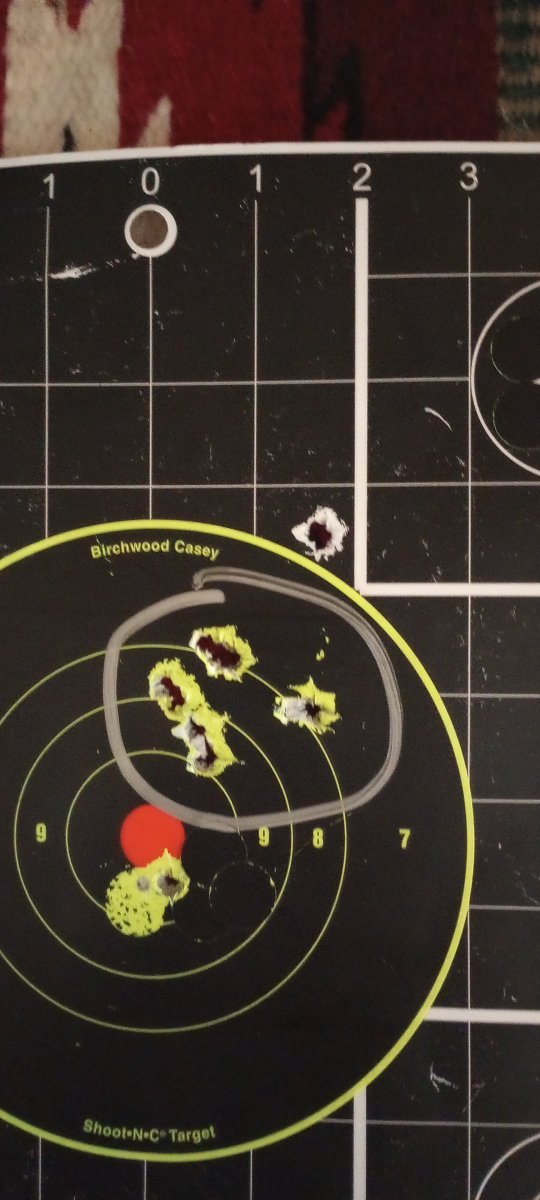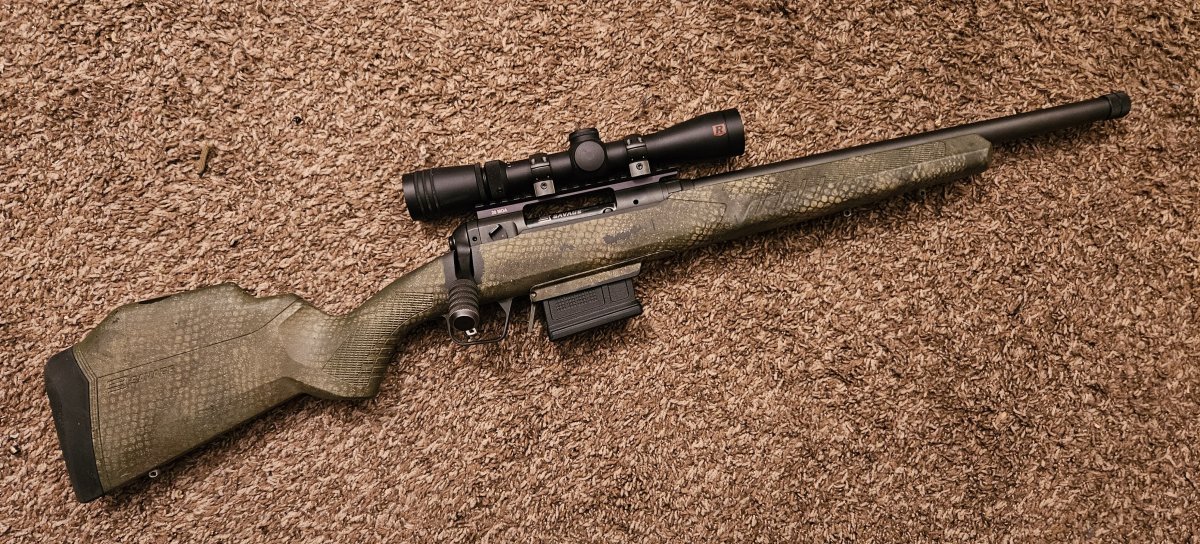Ok... update:
Got a little time at the range today. Colt sent me a new bolt carrier to try. I swapped the bolt out of the old carrier group and installed it on the new carrier. Same thing happened as before... binded on the feed ramps.
Then I took the bolt carrier group out of my LE6920 and install it on my 300 blk. Dumped 20 rounds out of a Pmag flawlessly. I inspected the brass and there were no issues there.
Next I use the problemed bolt carrier group in my LE6920. Dumped 20 flawless rounds through it as well. I inspected the brass and saw some light scratches in the middle of the 223 case.
In short, the crappy bolt will function in my LE6920 but not my 300 blk and my LE6920 bolt will function flawlessly in both. Troubleshooting revealed it is not the bolt carrier but the bolt. I will see if Colt will send me a new bolt as well.
Glad to know it was not my build that was causing the issues. And not magazine issues.
Got a little time at the range today. Colt sent me a new bolt carrier to try. I swapped the bolt out of the old carrier group and installed it on the new carrier. Same thing happened as before... binded on the feed ramps.
Then I took the bolt carrier group out of my LE6920 and install it on my 300 blk. Dumped 20 rounds out of a Pmag flawlessly. I inspected the brass and there were no issues there.
Next I use the problemed bolt carrier group in my LE6920. Dumped 20 flawless rounds through it as well. I inspected the brass and saw some light scratches in the middle of the 223 case.
In short, the crappy bolt will function in my LE6920 but not my 300 blk and my LE6920 bolt will function flawlessly in both. Troubleshooting revealed it is not the bolt carrier but the bolt. I will see if Colt will send me a new bolt as well.
Glad to know it was not my build that was causing the issues. And not magazine issues.








